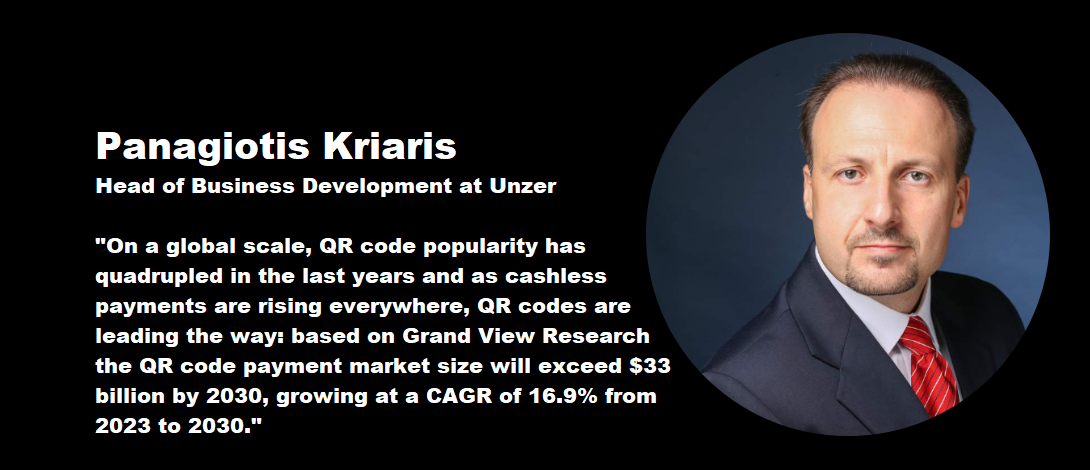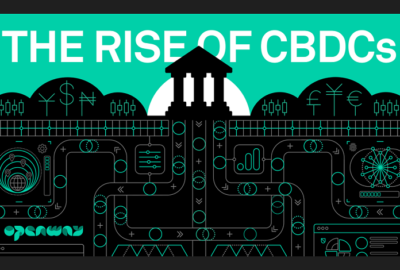ECB & Bank of Japan concludes: „Distributed Ledger Technology is not a solution for large-scale applications”

Distributed ledger technology is not mature enough for large-scale applications like real-time gross settlement (RTGS) systems, the Bank of Japan and European Central Bank have concluded.
In December 2016, the Bank of Japan (BOJ) and the European Central Bank (ECB) launched their joint research project entitled “Stella”, which studies the possible use of Distributed Ledger Technology (DLT) for financial market infrastructures.
A DLT is a set of tools for recording data, such as asset holdings or financial transactions, allowing a network of computers to verify and store updates without a single central management system. Depending on technological developments and implementation models, this technology could increase efficiency, for example by facilitating the automation of record-keeping and streamlining complex processes, and possibly lead to improvements in safety and resilience to a range of non-financial risks.
Both the BOJ and the ECB, in their capacity as providers of market infrastructure services, are currently exploring DLTs. Their joint research is based on experimental work with the technology and contributes to the ongoing broader debate concerning the usability of DLTs for financial market infrastructures. This work is not geared towards replacing existing central bank services with DLT-based solutions.
In the first step of their cooperation, the BOJ and the ECB conducted in-depth experiments on whether specific existing functionalities of their respective payment systems could be run in a DLT environment in an efficient and safe manner.
Specifically, the liquidity saving mechanisms of BOJ-NET and TARGET2 (the RealTime Gross Settlement (RTGS) systems of the two central banks) were replicated in a publicly available DLT application, Hyperledger Fabric version 0.6.1, and a number of tests were run.
The findings of the joint analysis have just been published here: STELLA – a joint research project of the European Central Bank and the Bank of Japan – Payment systems: liquidity saving mechanisms in a distributed ledger environment
Experiments using liquidity saving mechanisms found that DLT-based solutions could meet the current performance needs of an RTGS system. Within the restricted test environment, both average and peak payment traffic consistent with that of BOJ-NET and TARGET2 was processed without difficulty.
. The study also confirmed the expected pattern of a DLT environment, however. The bigger the network (i.e. the higher the number of nodes) and the longer the distance between the network nodes, the longer it takes for a payment to be processed and the more likely it is for messages sent by one or more nodes to be
ignored in the transaction processing. Network configuration is relevant in this respect.
. The tested DLT solutions were also found to be resilient to the failure of individual network nodes and able to withstand a high number of incorrectly formatted messages. Although the test scenarios were not exhaustive, it is worth noting that the test series performed had a limited impact on the availability of the overall system. However, the design of the platform used in the tests includes a certificate authority, which could become a single point of failure that could undermine the benefit of distributed validation.
In conclusion, while the test series produced promising results, it should be taken into account that no direct conclusions can be drawn from the test set-up with respect to a potential usage in production. Given the relative immaturity of the technology, DLT is not a solution for large-scale applications like BOJ-NET and TARGET2 at this stage of development.
Source: European Central Bank
Anders Olofsson – former Head of Payments Finastra
Banking 4.0 – „how was the experience for you”
„So many people are coming here to Bucharest, people that I see and interact on linkedin and now I get the change to meet them in person. It was like being to the Football World Cup but this was the World Cup on linkedin in payments and open banking.”
Many more interesting quotes in the video below:












